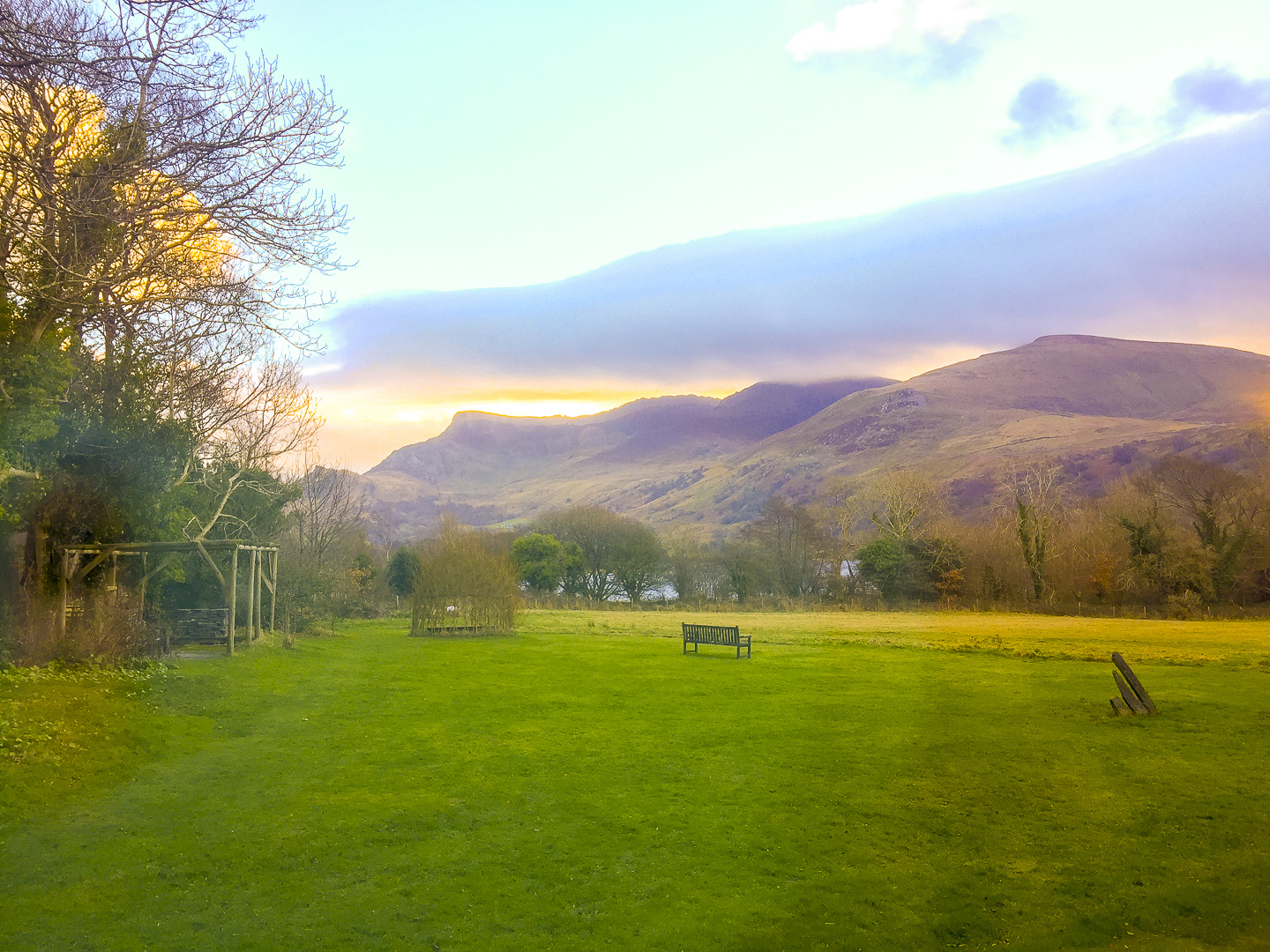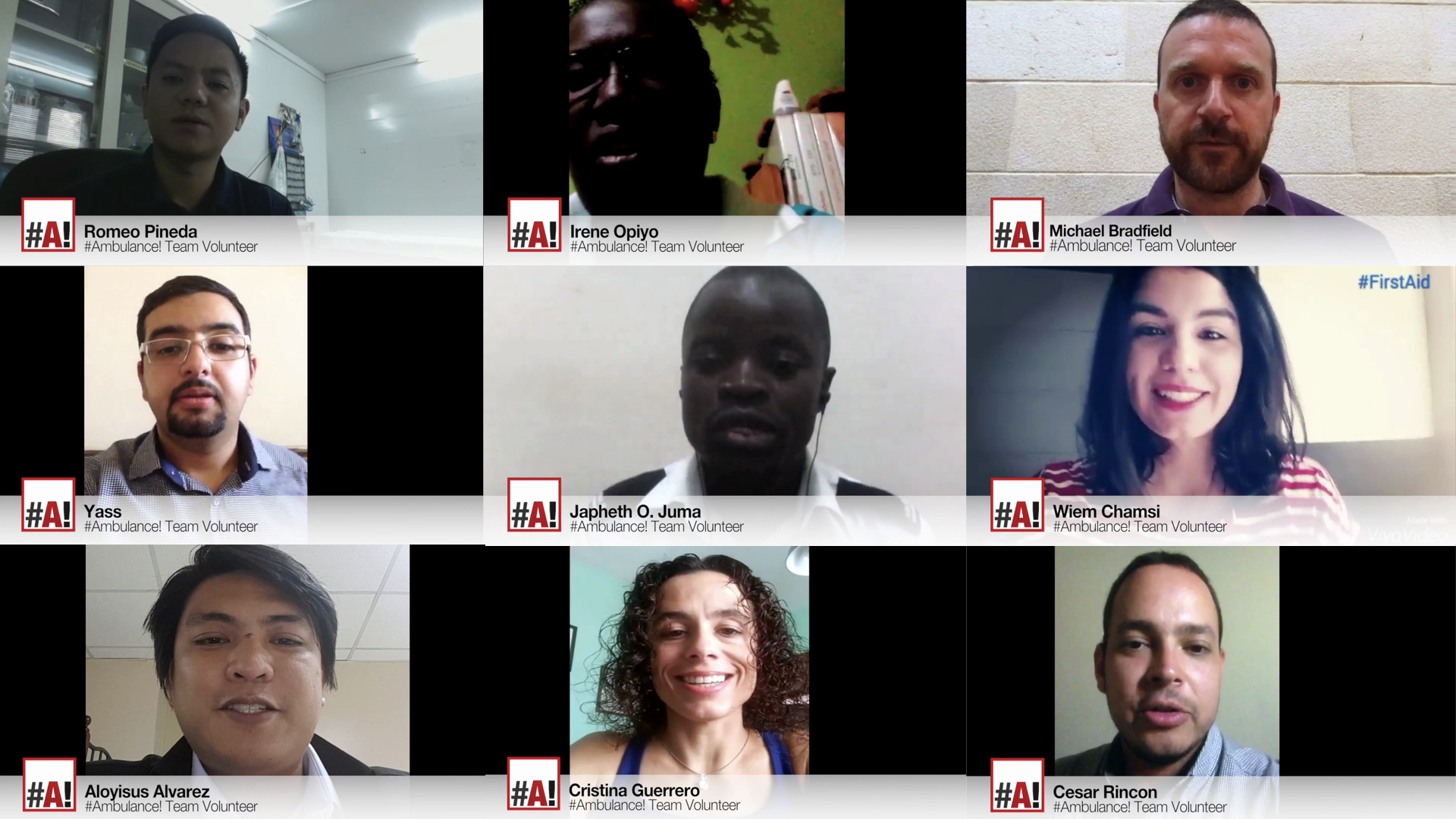
Most global public health organizations issue guidelines that are of a high methodological quality and are developed through a transparent, evidence-based decision-making process.

Most global public health organizations issue guidelines that are of a high methodological quality and are developed through a transparent, evidence-based decision-making process.

My presentation for the Geneva Learning Foundation at the 15th meeting of the WHO Radiation Emergency Medical Preparedness and Assistance Network (REMPAN), World Health Organization, Geneva – 3-5 July 2017. Ein Fehler ist aufgetreten. Sieh dir dieses Video auf www.youtube.com an oder aktiviere JavaScript, falls es in deinem Browser deaktiviert sein sollte.

On Monday, July 3rd 2017, an expanded course team from three continents, supported by LSi’s Scholar Apprentices, began to trial a completely new approach to the development of digital learning. This is the story of how we came to reboot the amazingly successful #DigitalScholar initiative offered by the Geneva Learning Foundation just one year ago. Ein Fehler ist aufgetreten.

This is a recorded version of my presentation, followed by Catherine Russ’s report on a session that I presented and facilitated at the Remote partnering workshop held on 23-26 January 2017 in Caernarfon, Wales. Ein Fehler ist aufgetreten. Sieh dir dieses Video auf www.youtube.com an oder aktiviere JavaScript, falls es in deinem Browser deaktiviert sein sollte.

This presentation was prepared for the second global meeting of the Health Care in Danger (HCiD) project in Geneva, Switzerland (17–18 May 2017). In October 2016, over 700 pre-hospital emergency workers from 70 countries signed up for the #Ambulance!

These are some notes on one of several blog posts that are churning in my head about what digital transformation means for learning and leadership.

We won. The former school teacher and humanitarian trainer who argued vociferously that nothing would ever supplant face-to-face training is now running a MOOC. The training manager who refused to consider e-learning is now running a distance learning, scenario-based simulation.

Jack Welch in General Electric’s Annual Report, nearly two decades ago: Source: Welch, J., 2000. General Electric Annual Report 2000 (Annual Report). General Electric, Fairfield, Connecticut, USA.

(Please do share this announcement with promising learning leaders in your network. Your support is much appreciated. – Reda) The Geneva Learning Foundation, together with LSi and the University of Illinois College of Education, have joined to develop new learning approaches to build capacity, produce locally-situated knowledge, and foster deep learning outcomes.

This is my presentation for the Geneva Learning Foundation, first made at the Swiss Knowledge Management Forum (SKMF) round table held on 8 September 2016 at the École polytechnique fédérale de Lausanne (EPFL). Its title is “Meeting of the minds: Rethinking our assumptions about the superiority of face-to-face encounters.” It is an exploration of the impact of rapid change that encompasses learning at scale, the

This came up in one of the Live Learning Moments in the first week of the Geneva Learning Foundation’s #DigitalScholar course: This is for Reda: I’m very used to the Coursera/EdX kind of LMS and I’m finding it difficult to follow the course related postings and schedules on the digital learning community currently.